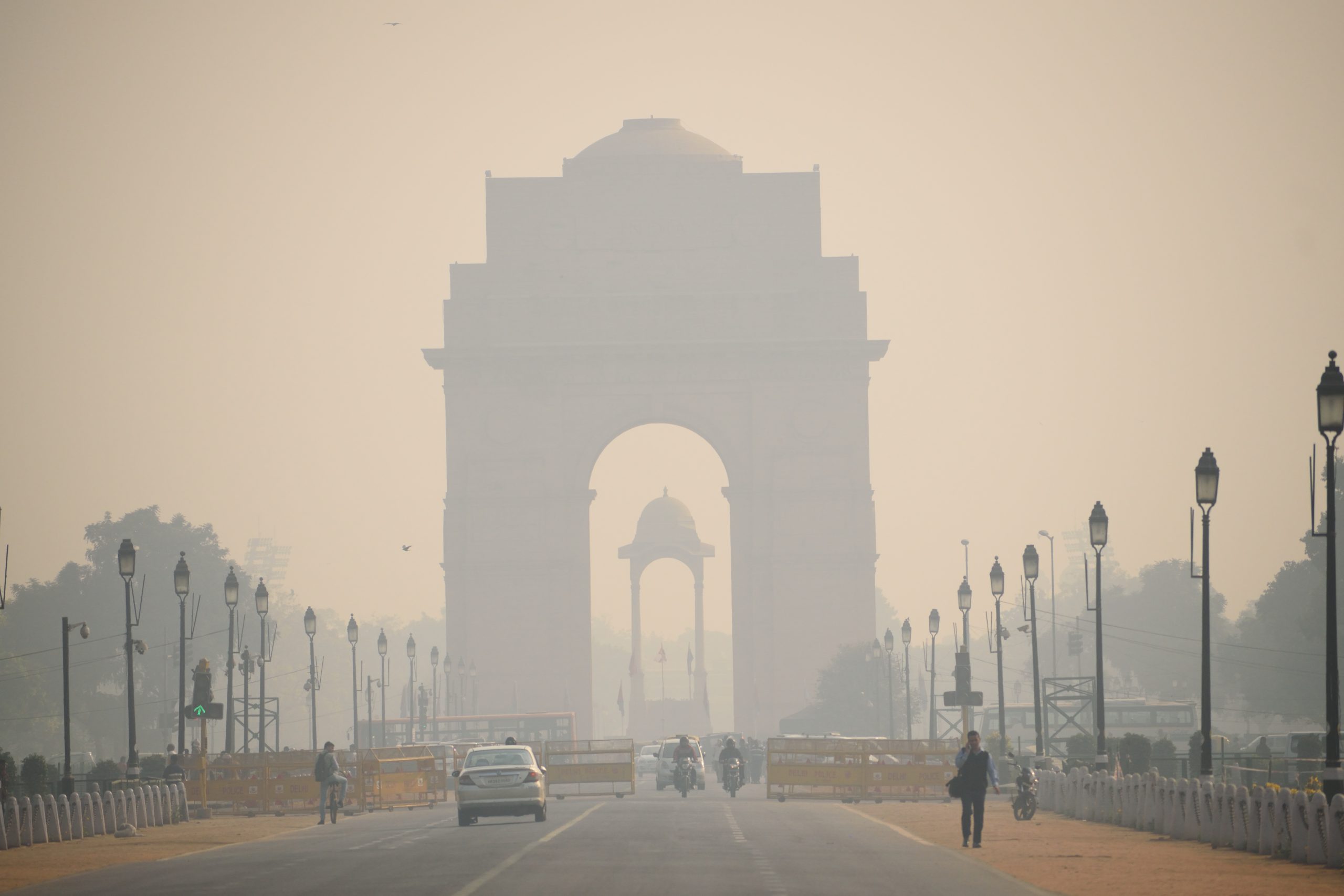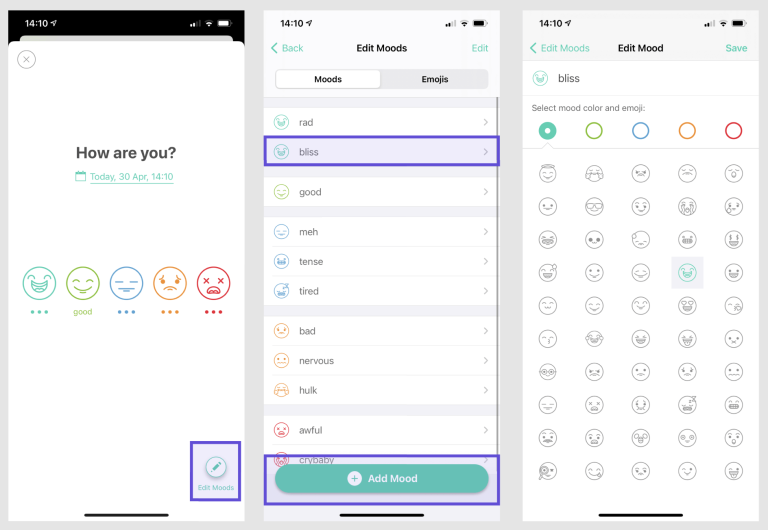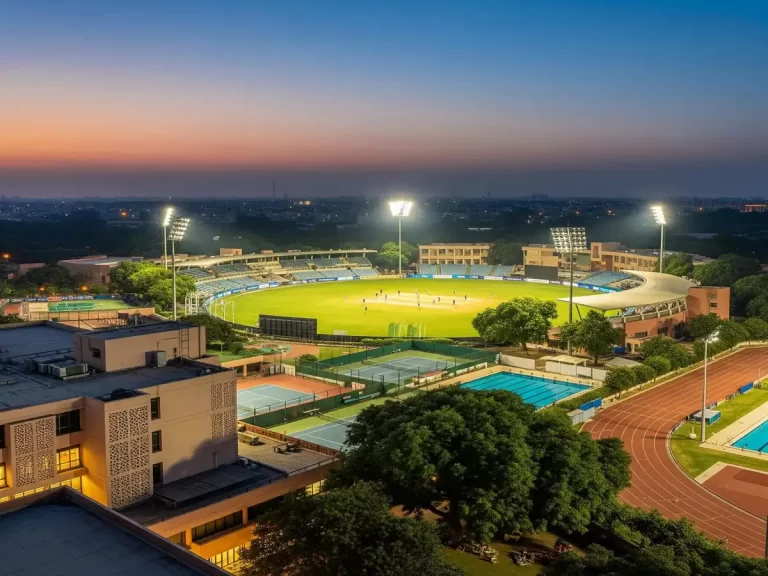During the November and December months, the Air Pollution skyrockets so much in Delhi that the air becomes heavier and breathing becomes tougher. This decline in the air quality has become an annual affair, which does not surprise anyone anymore. Still, the impact feels sharper, and the reasons are complex.
The Pollution Blanket that covers the Sky
Every winter, the pollutants get trapped closer to the ground due to atmospheric shifts. Also, the cooler temperatures reduce air circulation, which leads to the formation of a lid above the city.
Due to this, the mornings in which people would love to sit in the sun and feel warm turn into mornings in which health services report a spike in respiratory complaints, and schools and parents are forced to reconsider whether sending kids for outdoor activities is worth it or not.
Delhi’s geographical location adds to the woes. The Himalayas in the north and the Aravallis in the south prevent the pollutants from escaping. Pollution from vehicles and industry further makes this natural disadvantage a man-made emergency.
The Smog Lurking Beneath the Fog
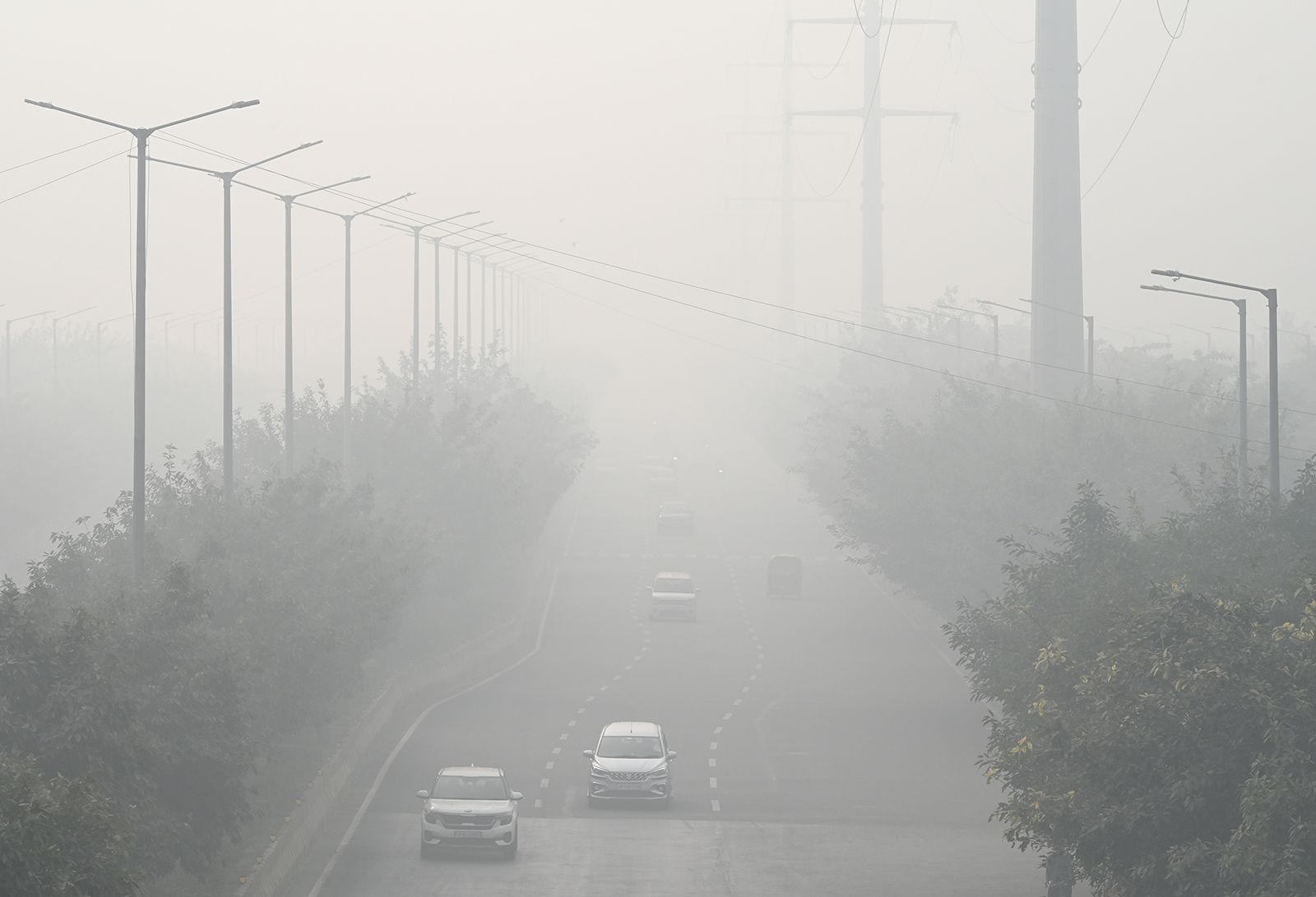
Human activity writes the script on the stage that is created by the weather conditions.
Pollution comes from the millions of cars that are driven on the roads of Delhi. The cars with the older engines create more pollution.
Along with that, the construction sites, which operate round the clock, along with the industrial clusters, which release fumes without properly filtering and removing pollutants, further add to the air pollution.
Recent reports have shown that vehicular emissions alone contribute to significant portions of PM2.5 concentration during the peak winter periods.
The city breathes what it creates.
The Annual Stubble Burning
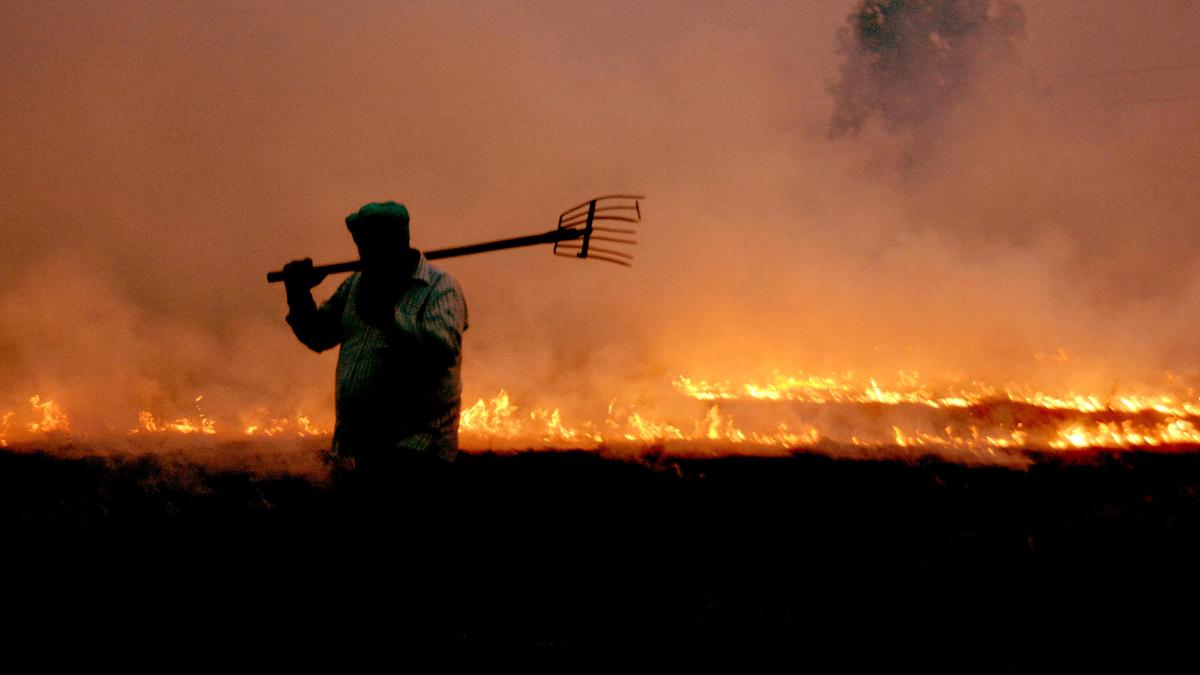
Farmers in Punjab and Haryana burn the leftover crop residue every year in order to prepare the fields for the next crops. The smoke released from these fires drifts into Delhi through the northwesterly winds.
This smoke causes smog and haze, which causes the sunlight to appear dim during the noon itself and makes the horizon look grey.
Though alternatives to stubble burning, like happy seeders, are present, their adoption is limited due to cost factors. Also, the farmers prefer the quickest methods, as there is no scope for delay in the agricultural timeline.
Due to this, Delhi becomes the victim of regional agricultural challenges.
The (In)Visible Indoor Pollutants in Your Homes
People retreat indoors, thinking they can escape the dangers possessed by the outdoor pollution. But the indoor spaces often register pollutant levels that are close to the levels found outdoors.
As windows stay shut during winters, the smoke from the mosquito coils, the cooking emissions, and the dust get trapped in poorly ventilated houses and apartments. This leads to a rise in pollution levels indoors.
The Hidden Economic Cost behind the Haze
The smog, haze, and air pollution have financial impacts also. As people fall sick more frequently, their productivity drops. Along with that, the number of patients visiting medical facilities due to breathing issues rises, putting an extra load on the facilities.
Footfall reduces in walk-in businesses, and tourism also reduces as people do not want to visit at a time when pollution is high.
Thus, this issue has grown from a health-related and environment-related issue to one that impacts the livelihood and growth of businesses also.
Steps that Need to be Taken
Steps need to be taken on multiple fronts if the crisis is to be tackled properly.
- The public transport needs to expand rapidly with the induction of cleaner modes of transportation. Improved last-minute connectivity can help reduce the dependency on private vehicles.
- Introduction of regulated hours for construction projects, along with use of dust barriers and implementation of strict guidelines, can help control the level of dust rising from construction sites.
- Adopting crop residue management equipment through subsidiaries and community-sharing programs can help reduce the burning of stubble.
When policy infrastructure, industry and citizens come together to work rather than wait for the others to act, that is when real progress is achieved.
Contribution by Individuals
Individual citizens can influence the air quality around them instead of just waiting for large-scale actions to be taken.
Carpooling to school and work helps reduce car exhaust pollution, while reducing unnecessary combustion in homes can help create cumulative impact.
These small changes don’t solve the problem, but they help ease the strain of air pollution on the environment and health until larger transformations occur.
Delhi is holding its breath
The air pollution crisis has become an annual alarm bell, which sounds louder with each passing year.
While the solutions already exist in front of us, the city waits for collective urgency to take action with collective responsibility.
FAQs
Q. Why does Delhi experience severe pollution during winters?
A. Cold air traps pollutants near the ground and prevents their dispersion. This, combined with emissions from vehicles, industries, construction sites, and the regional stubble burning, intensifies the situation.
Q. Can weather patterns alone create such hazardous air levels?
A. The weather is responsible for amplifying the issues, not creating them. Low wind speeds trap the pollutants that originated from human activity across Delhi and the neighboring states.
Q. Are Electric Vehicles enough to solve Delhi’s air crisis?
A. Electric Vehicles (EVs) help reduce emissions but require a large-scale adoption, which would require infrastructure change and cleaner power generation. The vehicles are a small part of the much larger pollution mix.
Q. Why do people feel unwell even indoors during peak winter pollution?
A. During winters, as windows and doors are usually closed, the air accumulates pollutants from cooking dust, mosquito coils and seepage of the outside pollutants (if any). Without proper ventilation or filtration, indoor spaces fail to provide complete protection during severe smoggy days.
Q. Do air purifiers help in Delhi’s winter?
A. The air purifiers help by reducing the particulate matter indoors, but their overall effectiveness depends on room size and the sealing of the room to prevent external pollutants from seeping in. They do help, but they cannot replace the broader air pollution control efforts.

